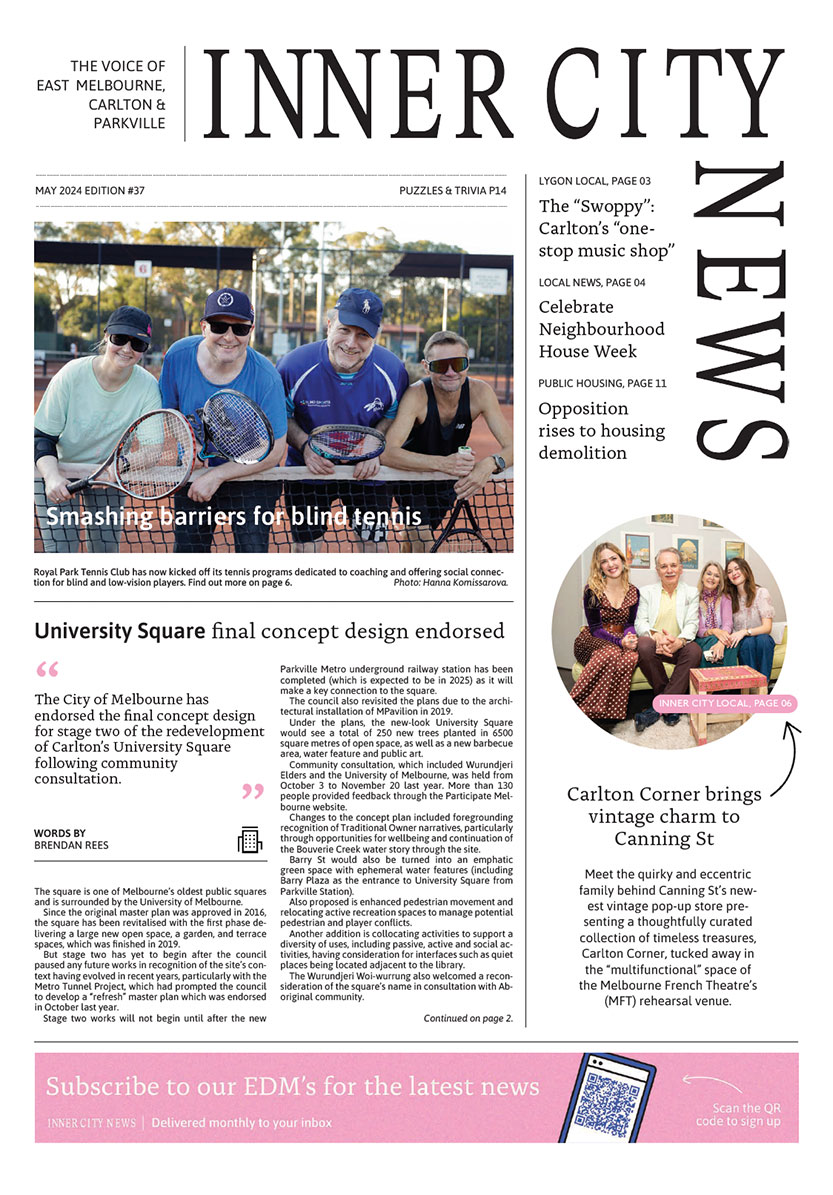Victorian Police Strike of 1923
In 1923 constables in the Victorian Police force went on strike, and for several days the streets of Melbourne and nearby suburbs descended into lawlessness and looting.
The strike began when a squad of 29 constables at Russell Street Police Headquarters refused to go on duty. The Victorian Police Force at the time was understaffed, lowly paid, and had no industry pension.
The immediate cause of the strike, however, was the decision by the Chief Commissioner to set up a system of “special supervisors” to secretly monitor beat cops as they went about their duties. This was deeply resented by members of the force.
The strike lasted for several days, and with no police around to stop them, rioters and looters soon took over the streets. Unruly crowds poured into the city and made their way up Elizabeth and Swanston streets, smashing shop windows, looting, and overturning a tram.
Large crowds gathered to witness what was going on. Constables who remained on duty were jeered and harassed, until they retreated to the Town Hall. Tramways staff and uniformed sailors helped to direct traffic at intersections.
The newspapers quickly attributed the rioting and looting to Melbourne’s criminal element, but subsequent court records show that most of the offenders were young men and boys without criminal histories.
To restore some law and order, 5000 volunteer “special constables” were sworn in, many of them ex-servicemen from the First World War. They were identified by badges and armbands and given the power to arrest.
The rioting and looting soon spread to nearby suburbs such as Carlton. One evening, a crowd of roughs returning from looting in the city attacked two shops in Lygon St. Plate glass windows were smashed and a large quantity of goods stolen.
The looters were chased off by special constables but got away. However, a few minutes later, one returned, and as he was helping himself to more loot, was arrested by a special constable who was hiding inside.
Many looters who were arrested later faced court. Typical was John Birch, labourer of Palmerston St, Carlton, who was charged with being in unlawful possession of five shirts, three suits of pyjamas and two suits of clothes. He was sentenced to three months imprisonment.
After the strike, more than 600 policemen were discharged, about a third of the Victorian Police Force, and most of them were never re-employed as members of the force.
Later the origins and effects of the strike were investigated by a Royal Commission, and the government subsequently improved pay and conditions for police, and legislated to establish a police pension scheme. •
Caption: Non-striking police and special constables push back an unruly crowd in the city during the 1923 police strike.

Carlton Corner brings vintage charm to Canning St




 Download the Latest Edition
Download the Latest Edition